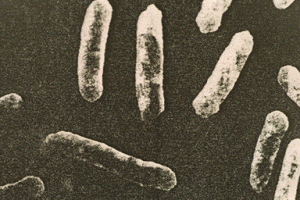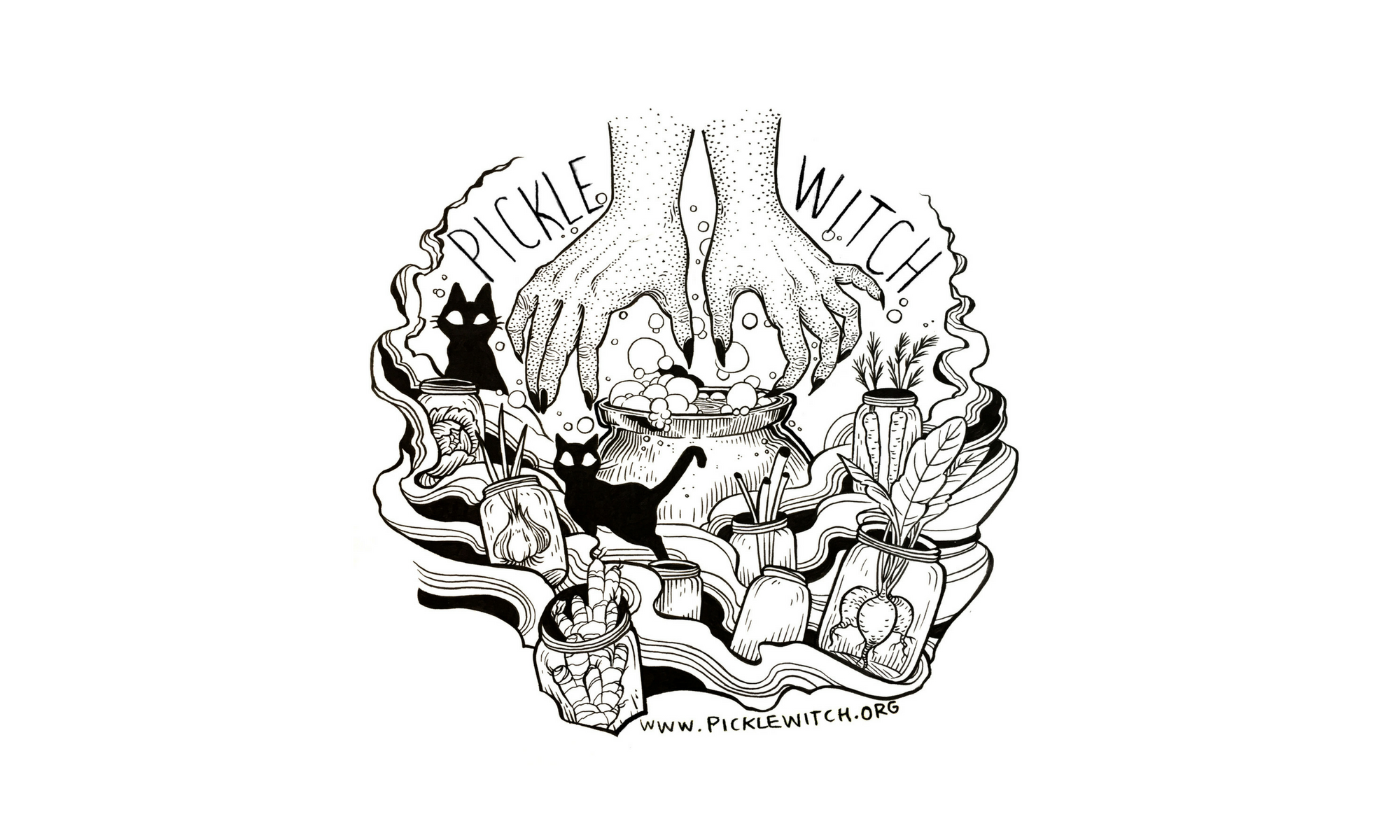I have been told over and over again that you have to let your water sit out on the counter for 24 hours before using it for fermentation, because of concerns about chlorine in the water killing off beneficial bacteria. I was curious about this method, which comes from the idea that chlorine is a gas and will evaporate over time.
Water is our most important resource
Water is life. This means we don’t want crude oil pipelines running through sacred land. All land is sacred in some way, and those pipelines leak and burst and contaminate groundwater forever. No amount of Dawn can clean the earth after massive pipeline failures. Entire biomes die. Building pipelines disregards sovereign tribal lands and the health of our environment.

Flint, Michigan, after four years, still does not have clean, lead-free water. One of the basic responsibilities of a municipality is to provide clean water to its residents. This crisis was caused by a scheme to cut costs, incompetence, and a cover up that has lead to widespread illness and deaths. The city recently stopped giving residents free bottled water to mitigate this disaster, further disenfranchising low income people.
In Minneapolis, we get all of our drinking water from the Mississippi River. Agriculture, industry, and urban runoff all drain into our River. When we throw down cigarette butts, don’t pick up our dog waste, don’t gather our leaves, fertilize our lawns with pollinator-killing pesticides… It all goes into the river we drink from and the lakes we swim in. Water quality is much worse for people in New Orleans and further down the Mississippi.
Keeping our water clean and accessible is extremely important
How does Minneapolis make tap water safe?
Because of all these things we do that make our water polluted and dangerous, municipalities have their work cut out for them to give us safe, accessible tap water. All municipalities disinfect their water. Meaning, to kill everything in the water, we use poison. Namely chloramines. Very few places use still use chlorine. After treating water with chloramines, Minneapolis runs it through an ultrafiltration process. Then it comes out of the tap for us to drink and water our gardens and bathe our bodies with! A gift.
Minneapolis ultrafiltration system
More than 1 in 5 Americans uses drinking water treated with chloramines. Chloramination involves the addition of anhydrous or aqueous ammonia (NH3) before or after the addition of chlorine (HOCl) to prod
uce monochloramine (NH2Cl). This reaction is as follows: NH3 + HOCl = NH2Cl + H2O
EPA regulations for chloramines in drinking water
Using chloramines to kill all living things in our water is a good thing because we don’t want to die from harmful bacteria, viruses, etc. Killing all living things in water is also a bad thing when using it for fermenting and cooking, as residual chloramines can also kill beneficial bacteria, and ingesting it could be killing off your internal bacterial colony.
Legally (via Federal/EPA) Minneapolis is not allowed to release water with more than 4 milligrams per liter (mg/L) or, 4 parts per million (ppm), chloramine to water. This morning we are at 3.8 ppm, according to Minneapolis Water Quality Information Line: 612-661-4999.
If you are interested in learning more about Minneapolis water, here are all the annual water reports, although they aren’t layperson friendly. This is my favorite resource that pulls Minneapolis water quality reports into handy charts with descriptions of what each contaminant does.

So… how do I de-chloraminate my water?
I have been told, time and time again… Chlorine is a gas, so if you let your tap water sit out for 24 hours, it will supposedly evaporate. However, Minneapolis (and most cities) don’t use chlorination/chlorine, but use chloramination/chloramines.
“Chloramine, like chlorine, can be removed by boiling and aging. However, time required to remove chloramine is much longer than that of chlorine. The time required to remove half of the chloramine (half-life) from 10 US gallons (38 l; 8.3 imp gal) of water by boiling is 26.6 hours, whereas the half-life of free chlorine in boiling 10 gallons of water is only 1.8 hours.” (Wikipedia)
Who has that kind of time??
Luckily, there are other ways to remove chloramine from water! UV light, ascorbic acid (vitamin C, 1000mg to 50 gallons of water), activated carbon, Campden tablets (potassium metabisulfite, 1 tablet per 20 gallons), to name a few. I learned a lot on beer homebrewing forums. But off-gassing/evaporation alone is not a practical method.
My understanding is simplistic, so feel free to correct me or elaborate, Friends!
